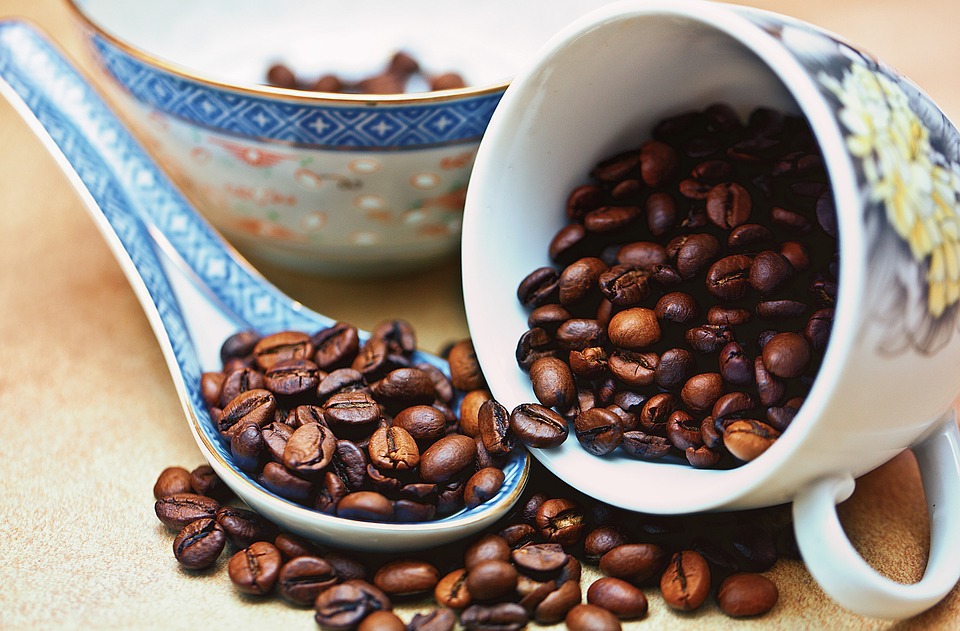Since the mid-18th century, coffee has been growing in Cuba, and that production was boosted by French farmers escaping from Haiti during the Haitian Revolution at the very end of the 1700s.
Extensive History
In 1748, José Antonio Gelabert introduced Cuba to its first coffee plant. When the French farmers running from the Haitian Revolution introduced Cuba to better methods of coffee production, Cuba’s coffee production increased vastly, and in the 19th and 20th centuries, the overall production “resulted in the creation of a unique cultural landscape, illustrating a significant stage in the development of this form of agriculture,” according to UNESCO.
After the 1959 Cuban Revolution, Cuba’s coffee economy declined as a result of the dissolution of large farms and a lack of motivation for small farmers to cultivate coffee themselves. The economy declined further when, in 1962, the United States placed an embargo on all goods imported from Cuba, which meant that the States’ access to this coffee was almost non-existent.
To compensate for this decrease in available coffee beans, Cuban coffee growers mixed roasted peas in with the coffee beans, and continued to do so until 2005, when pure coffee became accessible again in their rations.
Production
Today, 92% of Cuba’s coffee is grown in the Sierra Maestra Mountains, which is a well-shaded and therefore thriving environment for these coffee plants. Typically, Cuban coffee is harvested between September through January, peaking in October and November. Cuba produces both arabica and robusta beans from small family farms.
When coffee from Cuba is exported, it is done so by Cubaexport, which pays a government-regulated fixed price to coffee growers and processors for their coffee.
We offer a variety of Cuba-inspired coffees, including Buchi, Cortadito, Colada, and Café con Leche. Some resemble Italy’s coffee style, while others use multiple shots of espresso. You’ll just have to try them all for yourself.



